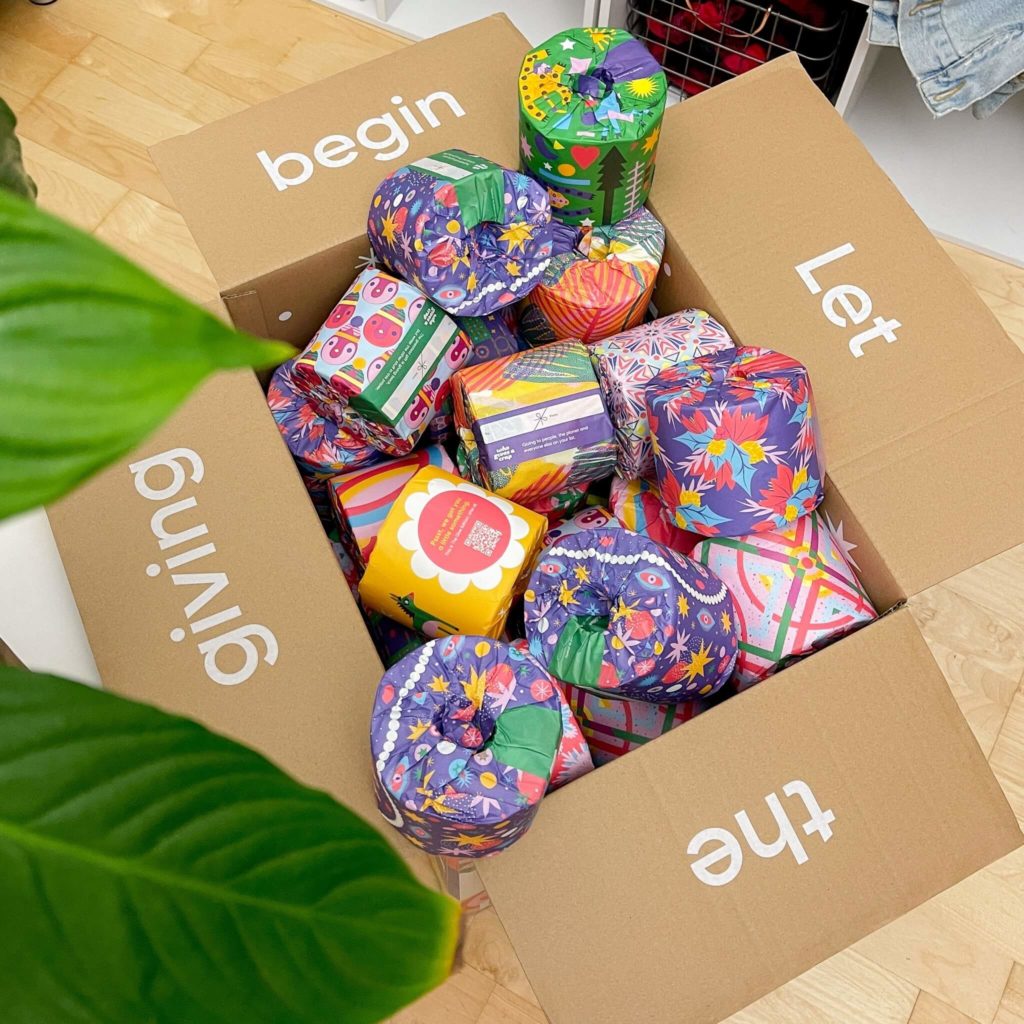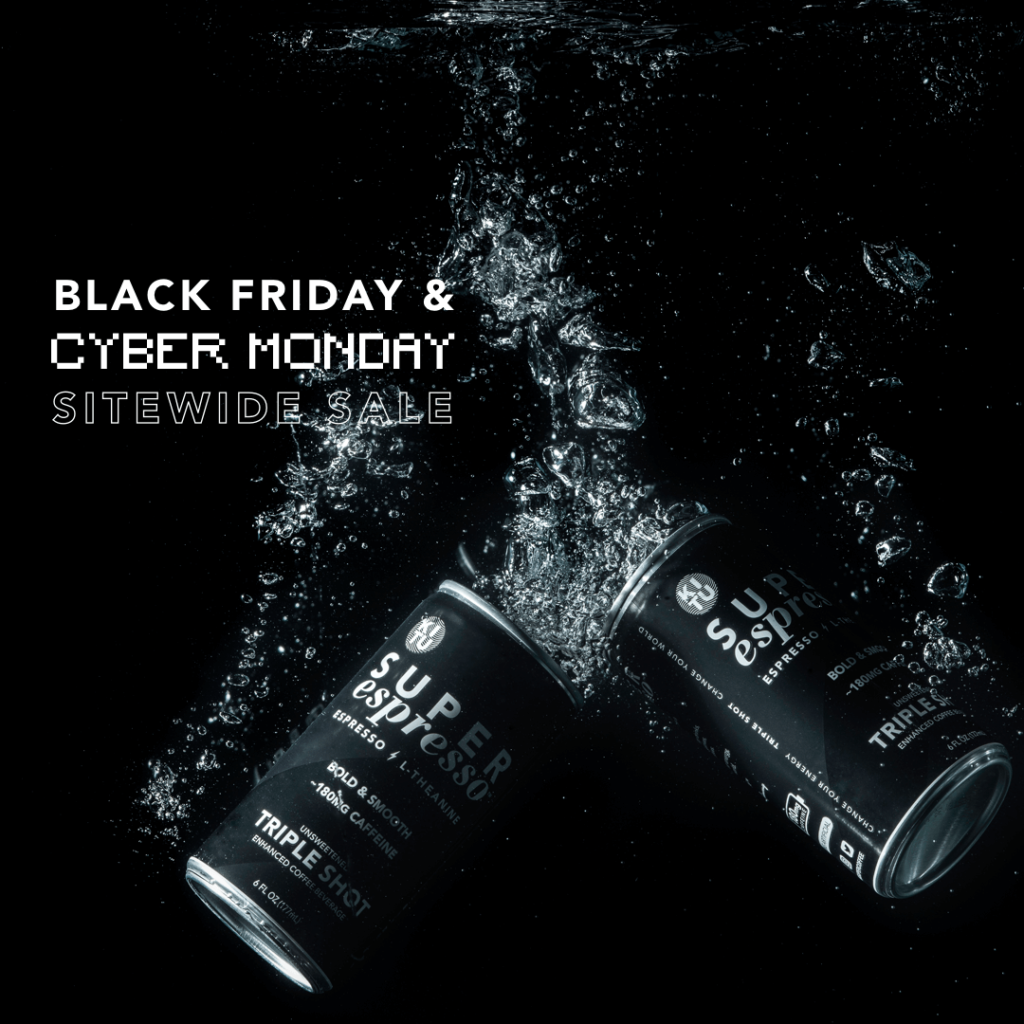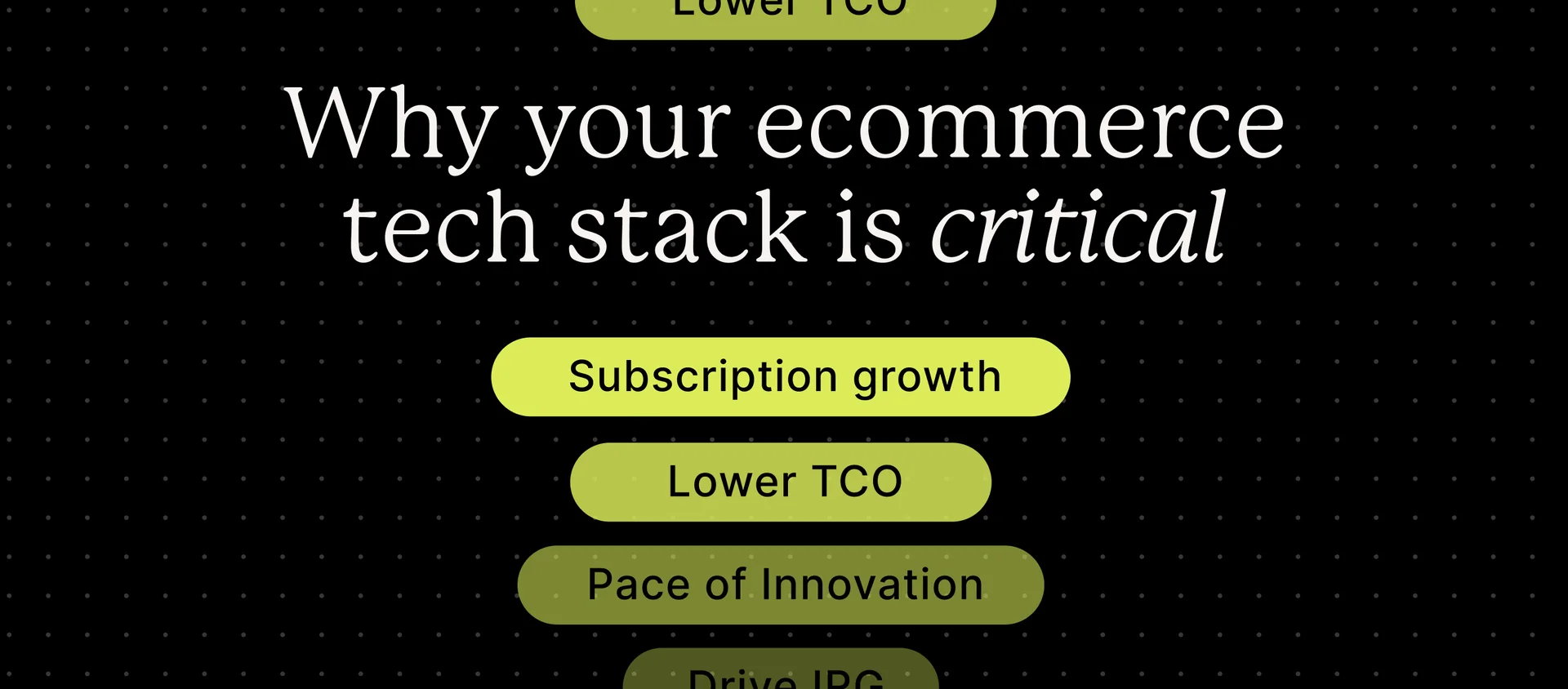Updated August 1, 2023
There’s no better time to start your ecommerce holiday planning than the dog days of summer. We’re as serious as a stoic snowman with a candy cane for a mouth.
By starting to prepare now, you’ll give your business as much runway as possible to be ready for the busiest time of the year (and all that increased web traffic) for online shopping.
Whether you’re preparing for Black Friday / Cyber Monday (circle your calendar for the weekend of November 24) or the plethora of other major shopping holidays throughout the year, the information in this article will equip you and your online store for everything you need to setup a merry and delightful shopping experience.
Key takeaways
- Don't wait! Give yourself plenty of time to start planning your ecommerce holiday strategy.
- Give the gift that keeps on giving (and experience the joy of recurring revenue all year round) with subscriptions.
Ecommerce holiday checklist
Stay on the nice list this year by creating your own ecommerce holiday checklist. Set your own timelines against these tips to ensure you’ve prepared each facet of your online store for whichever upcoming holiday dates you’re targeting.
These are 5 specific areas of focus you’ll want to consider when preparing your strategy for the upcoming ecommerce holiday season. This isn’t necessarily a step-by-step plan, but rather a comprehensive rundown on aspects to consider when holiday planning. Make sure to thoughtfully look over each one as you prepare your ecommerce store for the holiday season:
- Discounts and promotions
- Holiday campaign marketing strategies
- Sitewide testing and the customer experience
- Holiday inventory and shipping logistics
- Leveraging subscriptions
1. Discounts & promotions over the holiday season
What promotional strategies will you be running in the lead up to whichever holiday you’re targeting? Discounts? Buy 2 get 1 free? Free shipping over X amount of dollars?
However you’re setting up your holiday promotions, it’s important to understand the double-edged sword nature of promotional perks and pricing.
For instance, if you’re a subscription business, it can be tempting to offer a significant discount on a customers first subscription order as a way of bringing them into your subscription program. The flip side to this strategy is that you run the risk of significant customers churn when subscription orders begin processing without that discount.
This is where it’s paramount to understand the importance of retaining loyal customers as opposed to focusing the majority of your energy acquiring new customers. Significant first order discounts tilt that balance in favor of a Sisyphean struggle towards always trying to acquire new customers.
Remember, it can cost five times as much to attract a new customer than keeping an existing one. Doubling down on the importance of retention, consider that a 5% increase in customer retention can boost a company’s profitability by as much as 75%.
All this is to say: It’s important that your brand adopts promotional strategies around the upcoming ecommerce holiday season that balance enticing customers to purchase without diminishing the value or your products. Discount too low and a consumer will balk at having to pay full price as a returning customer. Avoid promotions or discounts all together and you run the risk of missing out on the eager shoppers accustomed to deals around Black Friday / Cyber Monday (BFCM).
Strategic discounts can be very effective—just make sure you’re not diminishing the value of your products with an overzealous deal when you’re strategizing your ecommerce holiday planning.

There are a variety of ways you can provide extra value to your online shoppers aside from a straight up discount off the purchase price. Consider implementing various perks, like free shipping, free gift wrapping, volume discounts (like 15% of orders over $150), or cross-selling specific discounts (like a discounted specialty coffee mug after purchase of a coffee beans subscription).
Remember, it’s all about giving value to your customers while setting yourself up for success long term (and delivering some holiday magic along the way).
2. Holiday campaign marketing strategies
Tied in with your promotions and discounts is how you’ll inform customers about your various perks around the holiday shopping season. Giving yourself plenty of time to set up a variety of marketing strategies is just good business. Consider tactically utilizing all of these channels in the lead up to the holiday rush:
- Paid advertising
- Email marketing to your wider customer base
- Promotional SMS to your most loyal customers
- Posts on your social media platforms
- Banners on popular landing pages on your ecommerce website
- Paper inserts in your packages advertising upcoming deals
If you’re not a new business, take a look at last year’s data and see if there were any channels in particular that performed well. Know where your target audience is most active and make sure to prioritize those channels when considering your advertising spend.
The best ecommerce business owners know that there’s no silver bullet marketing strategy for capitalizing on the upcoming holiday season. Every product vertical is different and what works for one industry may fall flat for another. It’s not wise to compare your strategy to another brands, as the resources available to different ecommerce businesses big and small will afford them different opportunities.

Instead, compete with yourself. Look at your previous years ecommerce sales and analyze the marketing efforts you implemented. Highlight the successes and misses associated with these processes then create your future holiday marketing strategy based on these learnings.
Look to last year’s holiday sales as the benchmark to beat when you’re setting up your holiday goals. Block out the noise from your competitors and focus on bettering your own online store and continuously improving your marketing strategies.
3. Sitewide testing & the customer experience
This should be a regular part of your business operations, but it’s worth repeating—is your online store ready for increased traffic? BFCM can be the busiest time of the year for holiday shopping, so it’s important to make sure your ecommerce store is ready for that influx of visitors.
Now is a great time to look at site speed and the ways in which you can decrease load times on your website. Consider that 70% of online shoppers admit that a slower page speed impacts their willingness to buy from an ecommerce store. Site stability should be front of mind when thinking about holiday readiness as a crashed website around BFCM is a disaster for anyone in the ecommerce industry.
With that in mind, consider a code freeze at the start of November to ensure that your business will be up and running during what will likely be its highest web traffic time of the year. You don’t want to be trying to fix bugs or risk a crashed website because of changes to your ecommerce store in the weeks leading up to Black Friday and Cyber Monday.
One of the best things you can do in the lead up to whatever dates you’re targeting on the holiday calendar is ensuring you’re offering a frictionless customer experience. In particular, focus on the mobile experience.
We had Kelly Vaughn, founder of the ecommerce agency turned consultancy The Taproom, on our podcast Hit Subscribe, where she outlined a variety of ways to prepare your business for the holiday season. She had this to say about the mobile shopping experience:
“It’s really important to remember that you might be managing your website, your business from a desktop, from a laptop, but your customers are not doing the same thing. So I highly recommend taking some time to go through the entire shopping experience on your own mobile phone and find those gaps in the user experience that you didn’t realize were an issue.”
Kelly Vaughn, Founder of The Taproom
4. Holiday inventory & shipping logistics
Supply chain issues continue to impact countless ecommerce businesses across the globe affecting inventory forecasting and shipping timelines. These frustrating logistical issues will be something merchants will have to deal with and factor into this year’s ecommerce holiday planning.
How ever your business handles its fulfillment logistics, the most important thing to do is communicate clearly with your customers and set realistic expectations with them about product delivery. Don’t string along your customers with vague timelines—let them know if shipping delays will impact the delivery of their orders. There’s nothing more frustrating as a customer than feeling like you’re in the dark about when you’ll receive an item after purchase. Instead, be as transparent as possible and keep them up to date with any delays or issues affecting when they’ll get their products.
While customers are waiting to receive their products, consider that this post-purchase window is when they’re likely at their most engaged. This is the perfect time to supply them with valuable supplemental content that will help them get the most of their purchase. We mentioned coffee beans as an earlier example, so let’s use that as a pretend purchase by a customer and run through a post-purchase flow that a merchant can use to provide an exceptional customer experience.

A hypothetical customer is delighted by the holiday promotion they saw on social media and purchases two bags of your dark roast coffee beans. Your brand sends along their order confirmation email then a day later sends along a pre-built email all about the history of the dark roast beans they ordered. This content includes a charming history of the farm where these beans are from, an interview with one of the coffee farmers as well as a map detailing the journey the beans take from farm to your brand’s roastery.
Days later when beans ship to the customer, inside their shipping confirmation email, you also supply them with content detailing the difference between dark and light roast beans, a guide to making the perfect cup of coffee, and information on how to get these beans on subscription. Throughout each of these emails, there are also a variety of cross-sell opportunities to feature branded products like a grinder, mug, or apparel.
Going that extra mile turns a one-time shopper into a loyal brand customer, so look for the ways to increase customer satisfaction and deliver an exceptional customer experience.
Beyond your communication and content, be sure to build flexibility into your shipping logistics processes in key ways. For example, consider offering local pickup and delivery options for customers who live nearby, or implement partial order fulfillment to prevent missed shipments when part of an order is no longer available.
5. Subscriptions—the gift that keeps on giving
If your business offers subscriptions, let customers know about the value of subscribing to your products during the holiday season.
Don’t just advertise your subscription program in your holiday marketing; be specific in detailing the ways in which it is advantageous to subscribe. Highlight the convenience of subscribing to get their favorite product and getting it delivered right to their door without having to log back on to the website and repurchase. Outline the various additional perks your subscription program offers like a discount or early access to new products.
However you’ve optimized your subscription program, don’t just advertise it in your marketing material; make sure you’re showcasing it in your across your site, especially on product pages.
Subscribers are 2–4 times more valuable than one-time purchasers, so ensuring the visibility of your subscription program is vital to ecommerce holiday planning. Let customers know they have flexibility over their subscriptions to reduce the likelihood of them churning out of your subscription program. For example, one of the most common reasons people cancel subscriptions is because they have too much product. So, let subscribers know how easy it is to skip a shipment, swap a product, or pause a subscription.

You can also offer customers the ability to gift a subscription through our integration with Govalo. And really, what’s better than offering the gift that keeps on giving this upcoming holiday season?
Have a happy holiday season
Stay off the naughty list this holiday season by preparing yourself well in advance of the busiest time of the year. Make sure to optimize the customer experience, highlight the value of your products and brand and showcase the benefits of joining your subscription program to reap the reward of recurring revenue all year round.



